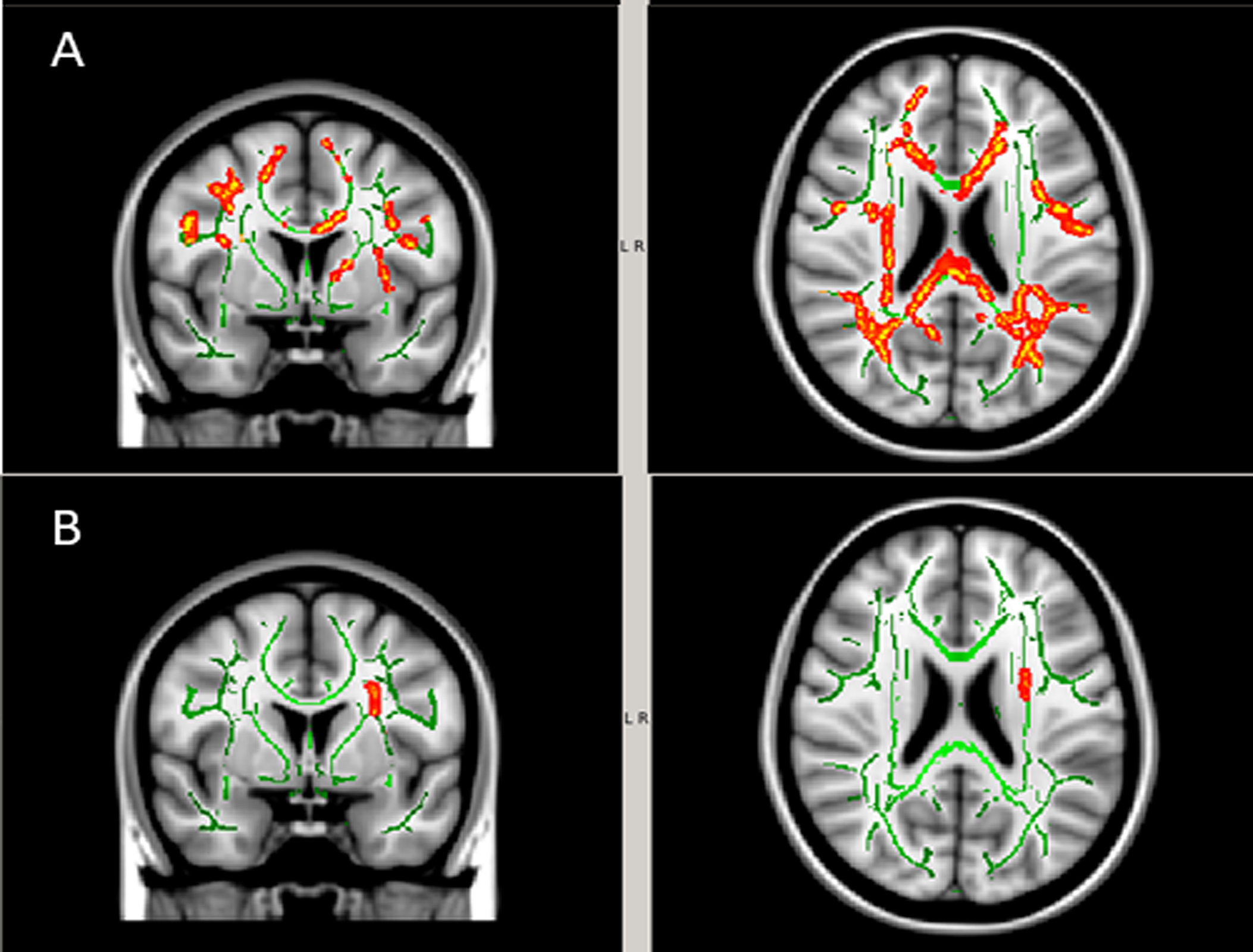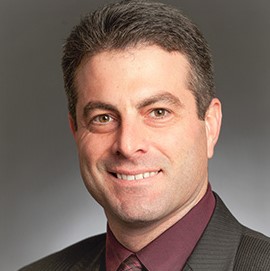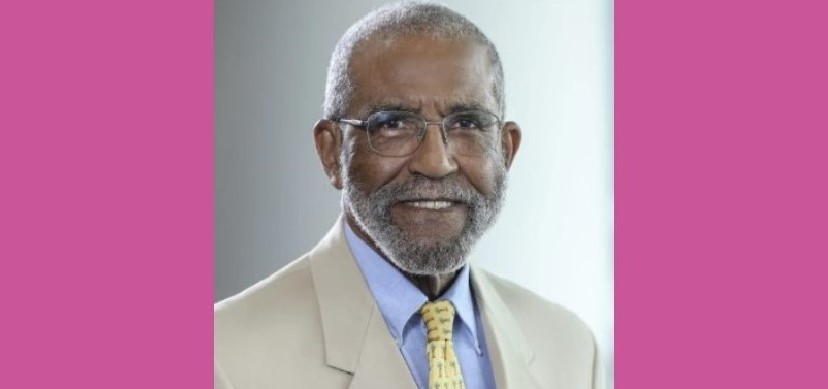Speculation Aside, Pilot Study Suggests Youth Football Players Not at Greater Risk for Brain Injury
Research By: Gregory Myer, PhD
Post Date: November 5, 2019 | Publish Date: Nov. 5, 2019

Brain image data in a new study in the Clinical Journal of Sport Medicine “did not confirm recent speculation that younger children” have a higher risk of brain injury from repetitive head impacts while playing a season of youth football, according to researchers from Cincinnati Children’s.
That’s in contrast to recent reports suggesting that younger athletes might be more vulnerable to the harmful effects of head impacts, potentially at critical times in brain maturation during childhood.
“Youth football participation has decreased in recent years, due, in part, to highly publicized concerns regarding sports-related concussions,” says Gregory Myer, PhD, the study’s principal investigator and research director of the Division of Sports Medicine.
High school football players had reductions in three out of four MRI measures of white matter alterations. The youth football players had significant changes in just one of the four MRI measures.
In the study, magnetic resonance imaging (MRI) scans performed at the beginning and end of football season show significant changes in the brain’s white matter in both youth and high school football players. The white matter alterations were greater in high school football players, reflecting their higher volume and magnitude of head impact exposure.
The small study included 12 youth football players (average age 13 years) and 21 high school football players (average age 17.5 years). Both groups underwent two brain MRI scans: one preseason (before the first football practice) and one postseason (after the last regular season game).
Myer and colleagues used an MRI technique called diffusion tensor imaging to evaluate head impact-related structural alterations in the white matter. In both groups, head impacts with forces greater than 10 G were recorded using a helmet-mounted accelerometer.
High school football players sustained more head impacts, and more impacts with higher G-forces, compared to youth football players. One youth football player and three high school players sustained sport-related concussions during the season. In both groups, the concussion rate was roughly two per every 1,000 athlete exposures.
From the preseason to postseason MRI scans, the high school football players had reductions in three out of four MRI measures of white matter alterations. Consistent with previous studies, the changes were detected across areas of the brain.
By comparison, the youth football players had significant changes in just one of the four MRI measures, called axial diffusivity (AD). The changes in AD were more limited in extent in the youth compared to high school players; in both groups, the changes were region-specific. After adjustment for head impacts, the average reduction in AD was about 2.5 percent in high school football players versus 0.4 percent in youth players.
The researchers emphasized the need for expanded research into ways to mitigate the magnitude of force absorption in the brain from impacts in athletes of all ages. To help clarify the issues of risk, the scientists also called for additional and larger studies that include data on more athletes in different kinds of high-risk sports over multiple seasons of play.
More Sports Medicine Research:
Neck Device Shows Promise in Protecting the Brain of Female Soccer Players
Emerging Research Highlights Promising Results for a Novel Device Designed to Protect Athletes from Sports-Related Brain Injuries
| Original title: | Relative Head Impact Exposure and Brain White Matter Alterations After a Single Season of Competitive Football: A Pilot Comparison of Youth Versus High School Football |
| Published in: | Clinical Journal of Sport Medicine |
| Publish date: | Nov. 5, 2019 |
Research By







